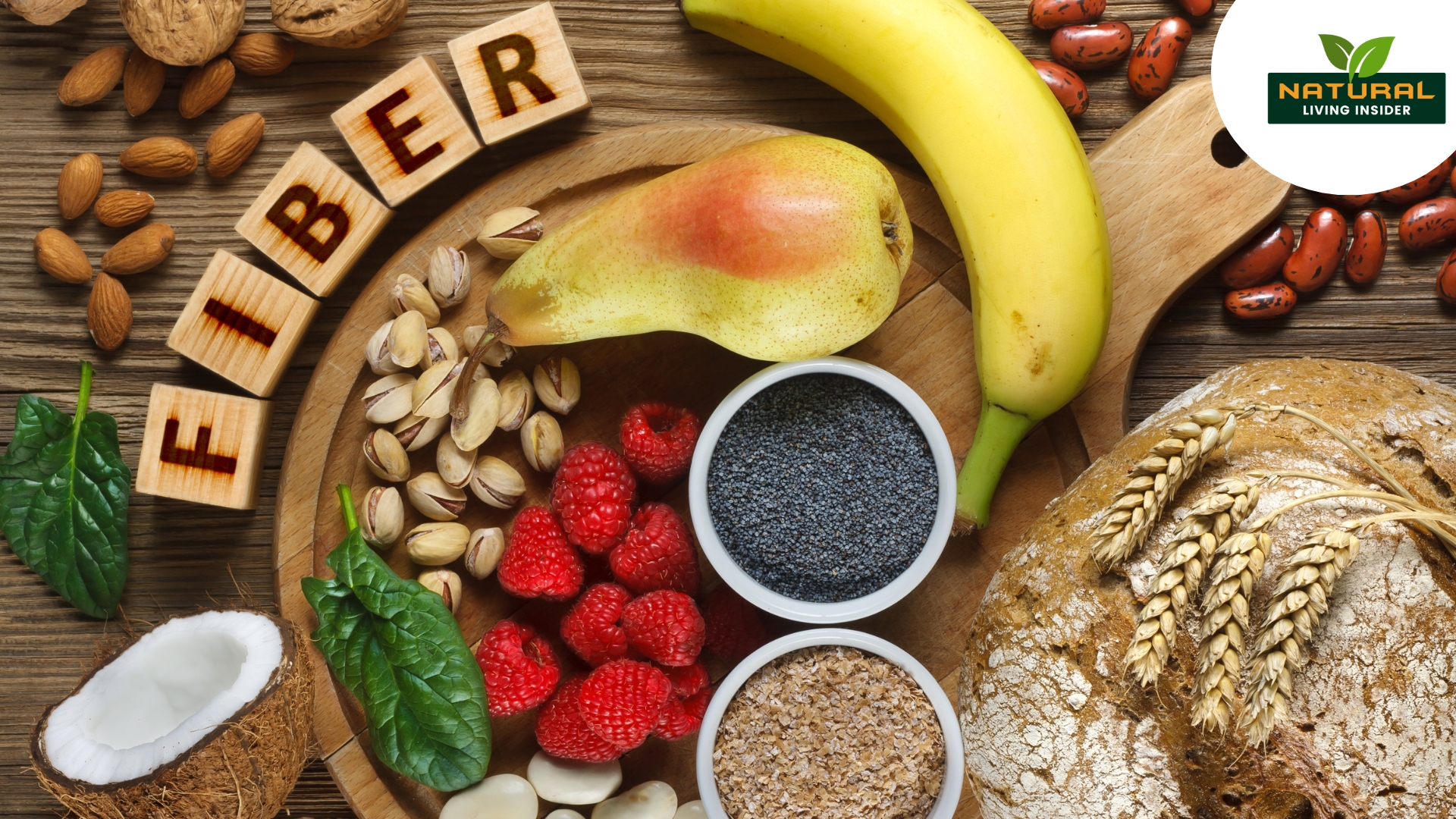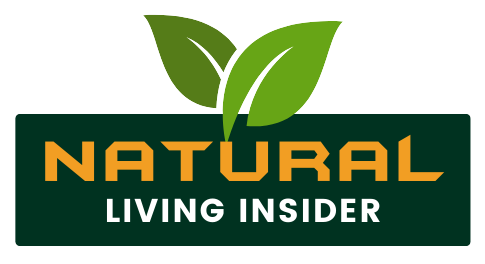
When it comes to fiber-rich foods, chia seeds have built a reputation as a nutritional superstar. With their impressive ability to absorb water and expand, they’re often marketed as the best plant-based source of dietary fiber. While it’s true that chia seeds offer around 10 grams of fiber per 100 grams, they are not the ultimate champions of fiber. In fact, several common and nutrient-dense foods pack even more fiber than chia seeds — and they might already be in your kitchen!
In this article, we’ll dive deep into 7 fiber-rich foods that outperform chia seeds in the fiber department — and offer a range of other health benefits too.
Table of Contents
- Almonds – The Crunchy Fiber Bomb
- Split Peas (Chana Dal) – Traditional & Powerful
- Artichokes – The Fiber King of Vegetables
- Lentils – The Everyday Superfood
- Avocados – Creamy, Healthy, and Fiber-Rich
- Raspberries – Tiny Berries, Huge Benefits
- Green Peas – Humble Yet Mighty
- Why Chia Seeds Aren’t the Only Option
- Fiber Is the Foundation of Health
1. Almonds – The Crunchy Fiber Bomb
Fiber content: ~12.5g per 100g
Almonds are well-known for their heart-healthy fats, vitamin E, and magnesium. But did you know they’re also an excellent source of fiber? A small handful of almonds daily can help keep your digestive system regular, reduce hunger, and support weight management.
Health Benefits:
-
Improves gut health by feeding good bacteria.
-
Stabilizes blood sugar.
-
Lowers LDL (bad) cholesterol.
How to Eat:
Snack on them raw, soak overnight, or blend into smoothies or almond butter.
2. Split Peas (Chana Dal) – Traditional & Powerful
Fiber content: ~8.3g per 100g cooked
Split peas (especially the yellow variety known as chana dal in India) are a powerhouse of plant protein and fiber. They are particularly rich in soluble fiber, which is great for reducing cholesterol and improving digestion.
Health Benefits:
-
Keeps you full longer.
-
Aids in blood sugar control.
-
Promotes healthy bowel movements.
How to Eat:
Cook them into dal, soups, or stews. Add some spices and herbs for a flavorful, fiber-rich meal.
3. Artichokes – The Fiber King of Vegetables
Fiber content: ~8.6g per 100g
Artichokes may not be a staple in every kitchen, but they are among the highest-fiber vegetables on the planet. They’re rich in inulin, a type of prebiotic fiber that supports a healthy gut microbiome.
Health Benefits:
-
Supports liver detox and bile production.
-
Improves digestion and nutrient absorption.
-
May reduce bloating and constipation.
How to Eat:
Steam, grill, or roast and enjoy with olive oil and herbs. Artichoke hearts are also available canned or frozen.
4. Lentils – The Everyday Superfood
Fiber content: ~7.9g per 100g cooked
Lentils are a budget-friendly and versatile plant-based protein loaded with fiber. Whether you choose brown, green, or red lentils, they provide a significant fiber punch.
Health Benefits:
-
Boosts metabolism and energy.
-
Supports heart health and weight control.
-
Regulates digestion naturally.
How to Eat:
Use them in soups, stews, curries, or even sprout them for salads.
5. Avocados – Creamy, Healthy, and Fiber-Rich
Fiber content: ~7g per 100g
Most people associate avocados with healthy fats, but they're also an underrated source of fiber — both soluble and insoluble. Their fiber supports both gut health and stable blood sugar levels.
Health Benefits:
-
Improves skin and brain health.
-
Reduces appetite and promotes satiety.
-
Helps maintain stable energy levels.
How to Eat:
Add to salads, make guacamole, or spread on toast.
6. Raspberries – Tiny Berries, Huge Benefits
Fiber content: ~6.5g per 100g
Don't let their size fool you — raspberries are one of the most fiber-rich fruits you can eat. They're also packed with vitamin C and antioxidants, making them great for your immune system and skin.
Health Benefits:
-
Reduces inflammation and oxidative stress.
-
Supports gut and heart health.
-
Aids in healthy weight loss.
How to Eat:
Mix into yogurt, oatmeal, smoothies, or eat as a healthy snack.
7. Green Peas – Humble Yet Mighty
Fiber content: ~5.7g per 100g
Green peas are a kitchen staple in many households. They're affordable, easy to cook, and packed with plant-based protein, fiber, and essential vitamins.
Health Benefits:
-
Supports digestive health.
-
Boosts immunity with vitamins A, K, and C.
-
Great for vegetarians looking for fiber and protein.
How to Eat:
Add to curries, soups, rice dishes, or roast them with spices for a crunchy snack.
Why Chia Seeds Aren’t the Only Option
Chia seeds are indeed rich in fiber — but as you can see, they aren’t the only option. In fact, some of the foods mentioned here contain more fiber per serving than chia seeds, and many of them bring extra nutrients to the table.
A diverse fiber intake supports better gut health, promotes satiety, and helps maintain a strong immune system. Including different types of fiber — both soluble and insoluble — is essential for overall well-being.
Fiber Is the Foundation of Health
Whether you're aiming for weight loss, better digestion, or long-term wellness, fiber is your best friend. The good news? You don’t have to rely solely on trendy superfoods like chia seeds. Nature has already stocked your kitchen with plenty of high-fiber heroes — nuts, legumes, fruits, and vegetables that are as practical as they are powerful.
So start mixing it up. The more colorful and diverse your plate, the better your gut and overall health will feel.


